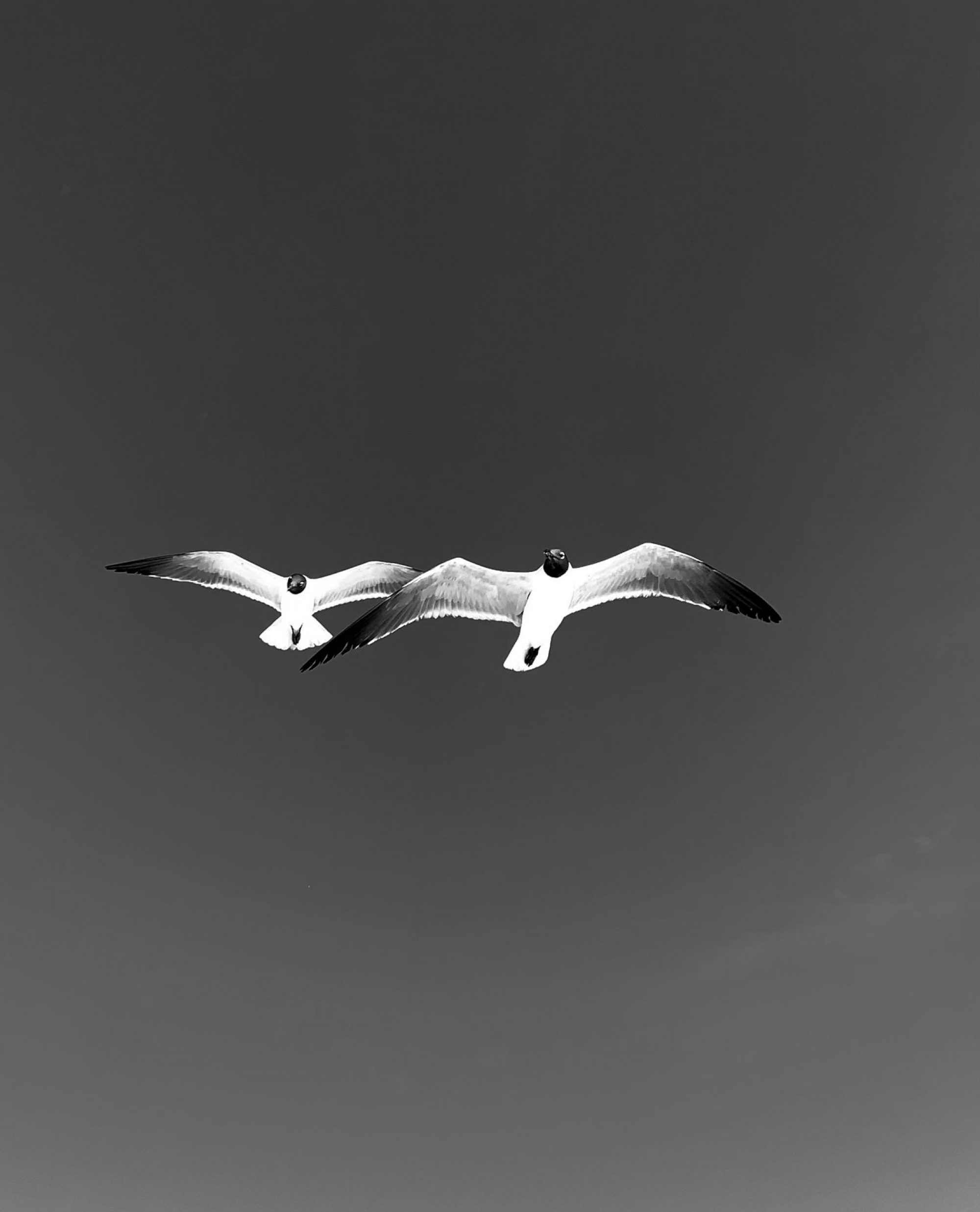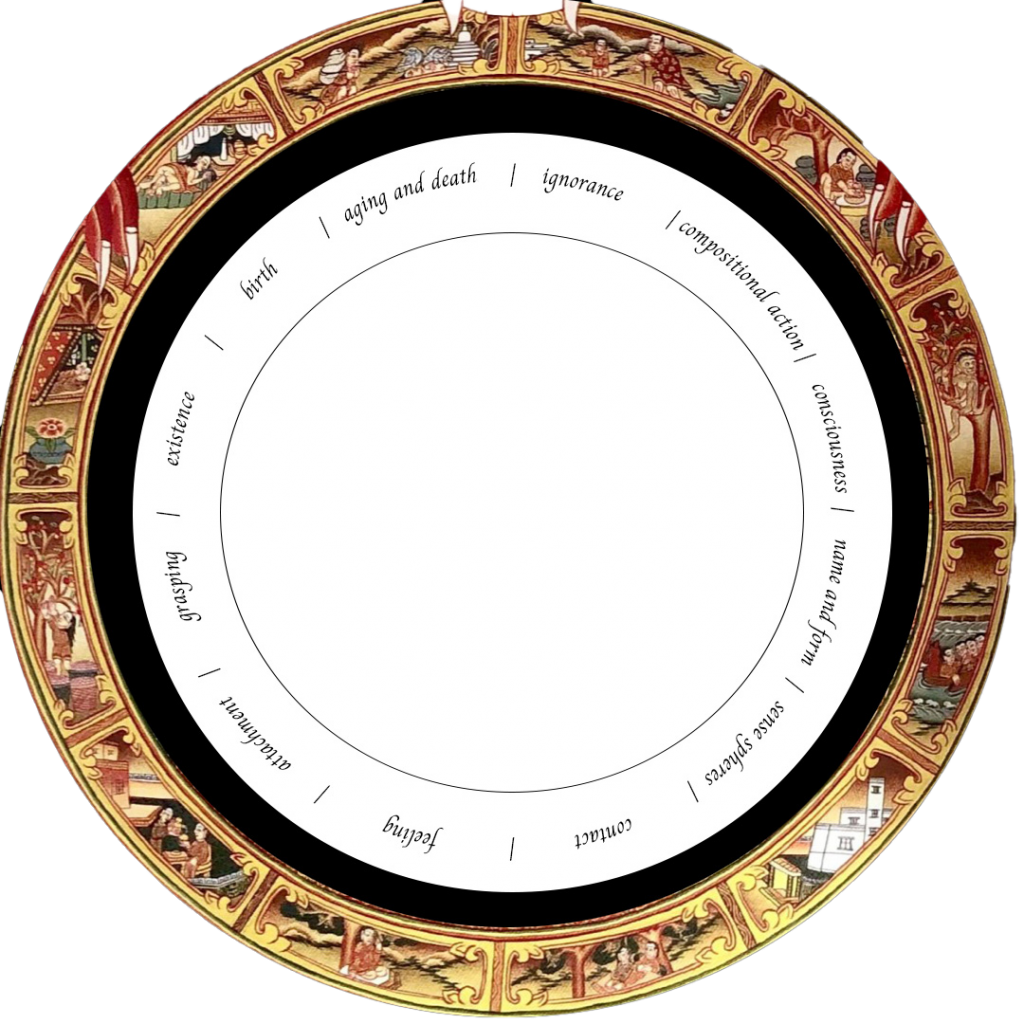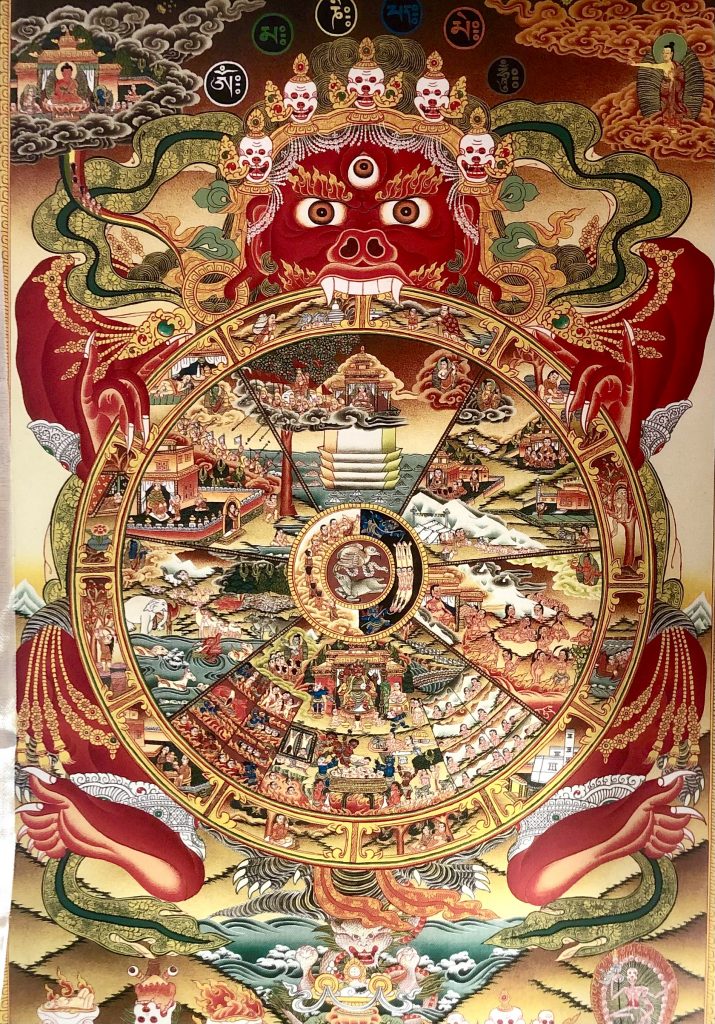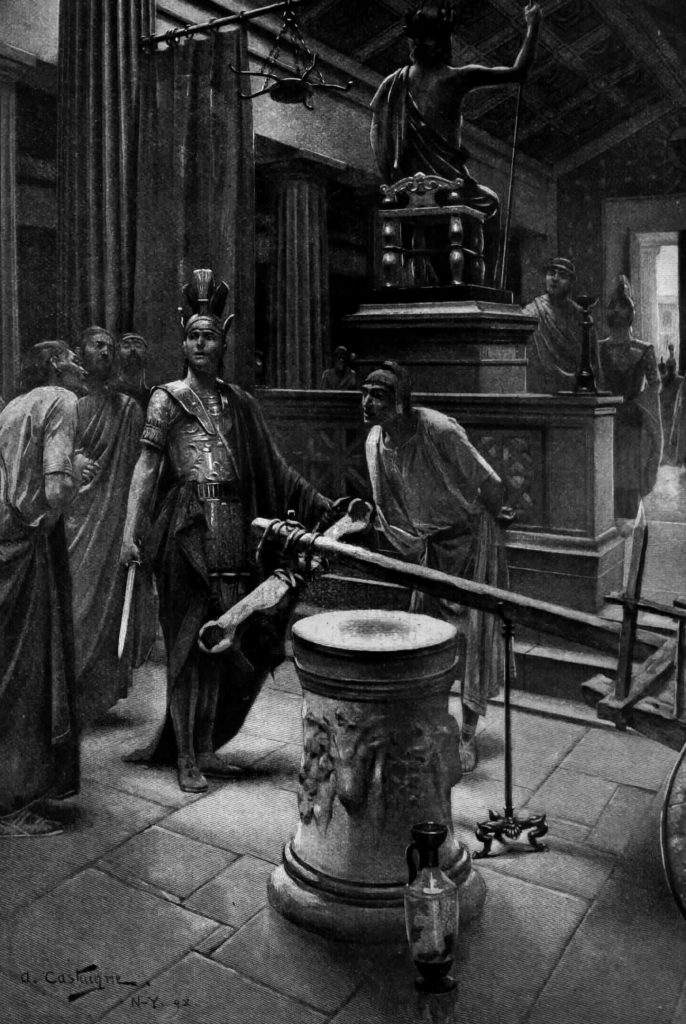
Reflective on immediacy
And self mortality,
Artist creates
Through medium,
Wherein they
Endeavor to portray
That about life, death, and love
They wish to say,
This the artist’s way.

Ideas realized

Reflective on immediacy
And self mortality,
Artist creates
Through medium,
Wherein they
Endeavor to portray
That about life, death, and love
They wish to say,
This the artist’s way.
“According to the Madhyamikas, we can speak of two aspects of perception. From one point of view, it is valid; from another point of view, it is deceptive or deluded. From this understanding we can attribute two aspects to a single event of cognition. Just because we have valid, direct experiences of objects does not mean that these things and events experienced by us possess objective, intrinsic existence.” Practicing Wisdom
“Every statement of view, however certain one may strive to make it, can never, on the relative level, be more than a point of view.” Translator’s Introduction to “The Wisdom Chapter” Jamgön Mipham
“By studying others’ points of view, it is possible for us to discover new and refreshing perspectives on the world.” Practicing Wisdom

From “The Meaning of Life, Buddhist Perspectives on Cause and Effect”
By H.H. The Dalai Lama
Chapter 1: The Buddhist Worldview
section: Behavior and View
Behavior
The root of all of the Buddhist teaching is compassion.
View
Dependent-arising is the general philosophy of all Buddhist systems even though many different interpretations are found among those systems. In Sanskrit the word for dependent-arising is pratityasamutpada. The word pratitya has three different meanings – meeting, relying, and depending- but all three, in terms of their basic import, mean dependence. Samutpada means arising. Hence, the meaning of pratityasamutpada is that which arises in dependence upon conditions, in reliance upon conditions, through the force of conditions. On a subtle level, it is explained as the main reason why phenomena are empty of inherent existence.
In The Rice Seedling Sūtra, Buddha speaks of dependent-arising in three ways:
Twelve Links of Dependent Origination (D1-12)
With regard to the twelve links of dependent arising, there are basically two modes of explanation, one in terms of thoroughly afflicted phenomena and the other in terms of pure phenomena. In the Buddha’s root teaching of the four noble truths, there are two sets of cause and effect: one set for the afflicted class of phenomena and another for the pure class. Just so, here in the twelve links of dependent-arising there are procedures in terms of both afflicted phenomena and pure phenomena. Among the four noble truths, true sufferings -the first truth- are effects in the afflicted class of phenomena, and true sources — the second truth — are their causes. In the pure class of phenomena, true cessations, the third truth, are effects in the pure class, and true paths, the fourth truth, are their causes. Similarly, when it is explained in the twelve links of dependent-arising that action is produced and so forth due to the condition of ignorance, the explanation is in terms of the afflicted procedure; when it is explained that action ceases and so forth due to the cessation of ignorance, it is in terms of the procedure of the pure class. The first is the procedure of the production of suffering, and the second is the procedure of the cessation of suffering.
The twelve links of dependent-arising are thus laid out in terms of a process of affliction and in terms of a process of purification, and each of these is presented in forward and reverse orders. Thus, in the forward process, it is explained that:
Due to the condition of ignorance, action arises; due to compositional action, consciousness arises; due to consciousness, name and form arises; due to name and form, the six sense spheres arises; due to the six sense spheres, contact arises; due to contact, feeling arises; due to feeling, attachment arises; due to attachment, grasping arises; due to grasping, “existence” arises; due to existence, birth arises; and due to birth there is aging and death.
Because this mode describes how suffering is produced, it is an explanation of the sources that produce suffering. In reverse order it is explained that:
Here emphasis is on the first of the four noble truths, true sufferings themselves, which are the effects. Then, in terms of the process of purification, it is explained that:
This explanation is given in terms of the purified class of phenomena with emphasis on the causes, the true paths, second among the four noble truths. In reverse order, it is explained that:
“Undertaking this and leaving that,
Enter into the teaching of the Buddha
Like an elephant in a thatch house,
Destroy the forces of the Lord of Death.
Those who with thorough conscientiousness
Practice this disciplinary doctrine
Will forsake the wheel of birth,
Bringing suffering to an end.”
There are those who suffer the torments of war, famine, plague.
Surely we are in the realm of hells.
There are those who suffer from greed and can never consume enough.
Surely we are in the realm of hungry ghosts.
There are those who suffer from being hunted, preyed upon, enslaved.
Surely we are in the realm of beasts.
There are those who suffer the heartaches of humanity and practice compassion.
Surely we are in the realm of humans.
There are those who fly in the air, ride in horseless iron chariots.
Surely we are in the realm of the Demi-gods.
There are those who can annihilate millions with grave weapons of war.
Surely we are in the realm of the Gods.
If I do not practice compassion diligently, if I do not guard my mind, surely I will suffer in Samsara.

Illustrations: Samsara Thanka (shown), Rings key, Rings C & D key, Full circle detail, Top circle detail, Bottom circle detail.
Shakyamuni Buddha (top left), The Mantra OM MA-NI PAD-ME HUM (top center), Avalokiteśvara (top right). “Monster holding the wheel” signifies that the entire process of cyclic existence is caught within transience/impermanence.
The Three Poisons: Desire; Hatred, Root Ignorance
Depicted respectively as: Rooster, Pig, Snake
Indicate virtuous (white, ascending) and non-virtuous (black descending) actions
(C1) Gods
(C2) Demigods (Devas)
(C3) Humans
(C4) Animals
(C5) Hungry ghosts (Pretas)
(C6) Hell beings
(D1) ignorance: … an old, blind person hobbling with a cane
(D2) compositional action: a potter making a wheel
(D3) consciousness: a monkey
—— cause-consciousness
—— effect-consciousness
(D4) name and form: person(s) in a boat
(D5) sense spheres: an empty house with six windows
(D6) contact: a man and women touching, kissing
(D7) feeling: an arrow in person’s eye
(D8) attachment: persons partying
(D9) grasping: a person grabbing at fruit in a tree
(D10) existence: a couple copulating or pregnant woman
(D11) birth: a women giving birth
(D12) aging and death: person with burdens
Reference: “The Meaning of Life: Buddhist Perspectives on Cause and Effect by His Holiness The Dalai Lama
In quest to find that perfect,
It wise that intellect reflect,
How self for self defines perfect,
And rest in reflection of perfection.

“The mind is the sole generator of good and bad. There are many occasions when the thoughts which arise in the mind, even if they are not translated into speech or action, have a very strong positive or negative effect. So always examine your mind.” – Words of My Perfect Teacher.
From “Lady of the Lotus Born” chapter 5 “Practice” herein an excerpt wherein Guru Rinpoche and Yeshe Tsogyal address the practice of austerity.
“This precious human form is a stream of gold. If you have gained it and are wise to use it, You will find continuous sustenance.”
Pledge to Practice austerity in…
“Thus [practice the eight great teachings that are hard to practice] holding others dearer than self without thought for life, for body, for worldly power and you will embody all the Buddha’s Teaching.”